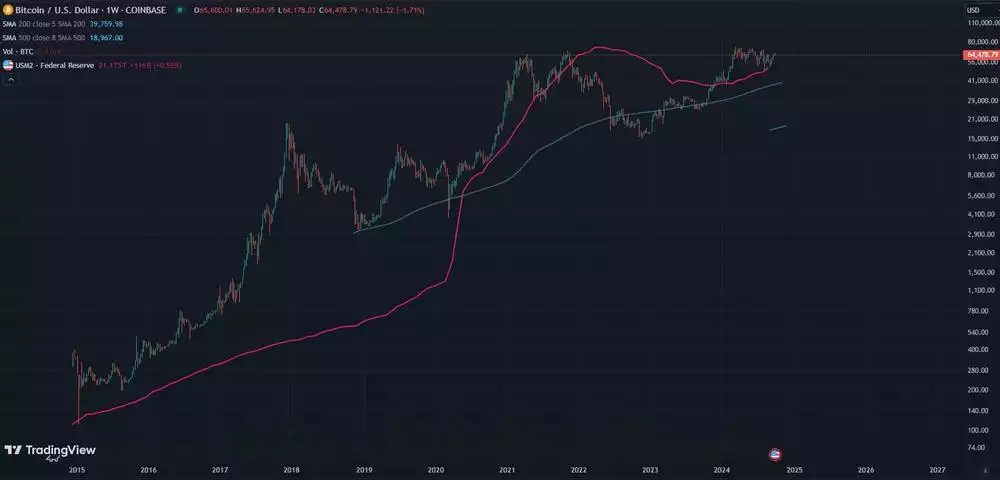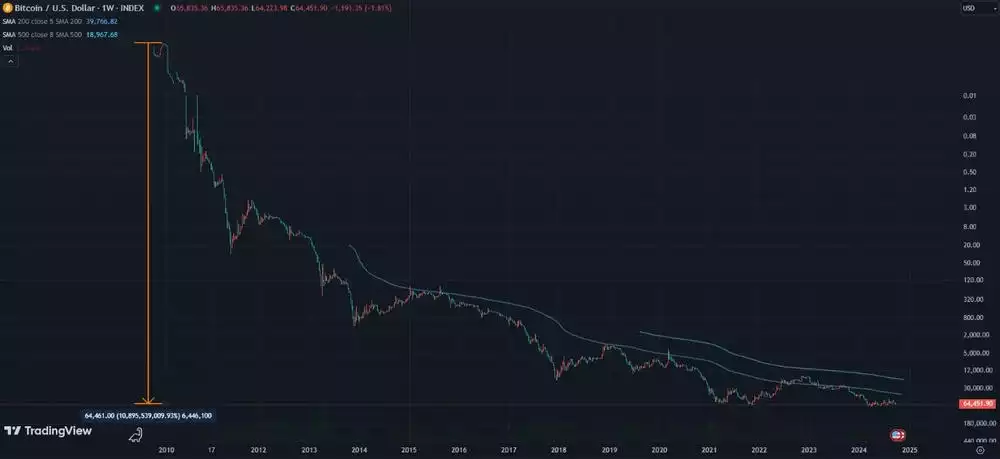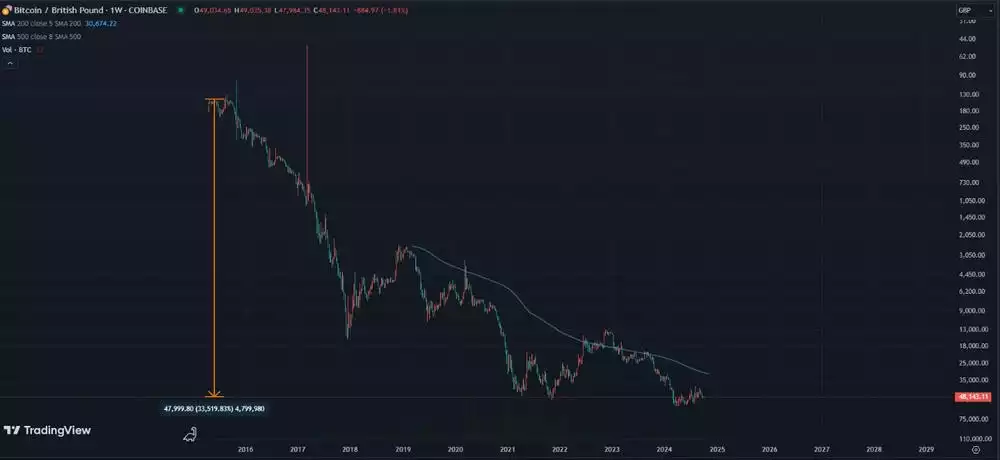Bitcoin vs Fiat - Who Is Winning the Battle of the Currencies?
Posted on 01/10/2024 | 1016 Views
Bitcoin was created with the 6 properties of money hard-coded into it - to serve as an asset that helps capture the value lost from fiat currencies as a result of the incessant increase of the currency supply, by central banks - i.e. to provide the individual with a hedge, for asset and consumer inflation.

As the U.S. money supply (M2) increases - causing a loss in value, of the individual dollar units - we see the value of Bitcoin increasing in tandem, capturing this value lost.
Bitcoin was created to exist as the perfect form of money - and due to its intrinsic properties - it cannot be used to serve populous political aims, or to stimulate dying economies - unlike fiat currencies.
As we know, for something to be classified as money, it must have the following six properties:
Money is
Durable – the money should not disintegrate.
Portable – we should be able to move it across the world.
Divisible – we should be able to pay for smaller values with it.
Limited in supply - unlimited supply cannot sustain value.
Uniform – any two units should have the same composition.
Requiring energy to produce – the value of the energy, taken to produce it, gives it intrinsic value.
Bitcoin is
Durable - it does not disintegrate
Portable - it can be transferred across the world quickly, cheaply and with ease.
Divisible - each Bitcoin can be divided into 100,000,000 “Satoshis".
Limited in Supply - the total number of Bitcoin that will ever exist is 21 million, this cannot be changed.
Uniform - each Bitcoin is uniform in nature.
Requiring energy to produce - for a Bitcoin to come into existence, it must be digitally “mined” - this involves computer processing power - which takes electrical energy. As it takes energy to produce, it has intrinsic value.
In addition, the Bitcoin network has a reoccurring event called the “Halving” hard-coded into it. Every halving the Bitcoin network automatically adjusts, such that, for the same amount of digital energy expended (or for every new block mined and verified), the amount of Bitcoin released (or block “reward”), is cut in half. This event occurs approximately every 4 years (specifically after every 210,000 blocks mined). Assuming a constant cost/value of energy, this equates to Bitcoins intrinsic value doubling every 4 years - or assuming a constant supply of energy available to mine, this equates to the supply of new Bitcoin being released, being cut in half approximately every 4 years - making it increasingly scarce.
Fiat currencies on the other hand - do not take energy to produce (they can be created by simply typing numbers into a computer) - so they do not have intrinsic value. The term used for currency, “Fiat”, is derived from the Latin for "let it be done" - a binding order issued by a person in command – such as a King. Fiat currency, therefore, has assigned value, rather than intrinsic value.
Currency also has an unlimited supply. Every time a government wishes to stimulate the economy, rather than doing the difficult (and unpopular) work of increasing productivity and cutting expenses – they flood the economy with liquidity, increasing the money supply - which finds its way into economic activity – resulting in economic stimulation. However, it unfortunately also finds its way into assets and consumables, resulting in asset inflation and consumer inflation. Asset inflation, in particular, increases the wealth gap, creating more societal inequality - leading to unhealthy socioeconomic outcomes in the long run.
When we work, we give our energy, in exchange for payment. This payment should hold the energy that we have expended - so that it can be traded for goods and services - which have taken up energy themselves, to come into existence. This allows for a fair transfer of economic energy from one point to another. Fiat currency cannot hold this energy, as it is constantly losing value by increasing in supply - and our energy spent is constantly lost to the populous political aims of governments. Inflation is hence a form of theft, stealing energy and economic value from the masses every day.
Bitcoin solves these problems by existing as a perfect form of money.
So how are the premier global currencies faring against Bitcoin, since its inception?
Let’s dig into the numbers.
Since Bitcoins inception in 2009, the U.S. Dollar has lost a staggering 10,895,539,009% of value to Bitcoin. This is illustrated in the inverted BTC / USD chart below.

However, to account for the initial volatility of Bitcoin, during its early adopter phase, one could disregard the first six years of Bitcoin’s existence and evaluate data from 2015 onwards.

The U.S. Dollar, Japanese Yen and British pound have lost approximately 31,000% - 33,000% of value to Bitcoin since 2015 as shown on the inverted BTC price charts for these currencies.


This loss of value is due to a few factors.
- The increase of supply of fiat currencies by central banks.
- The increased demand for Bitcoin as a store of value/form of money.
- The reduced supply of Bitcoin per block mined, as each four-year halving passes us by.
As these numbers are for Bitcoin vs some of the world’s strongest currencies - comparing it to most other currencies, produces increasingly eye-watering results.
With global liquidity - the supply of currency units in the global financial system - currently on a macro uptrend - these numbers will only become increasingly impressive in the medium term - with the long-term trend, of the debasement of fiat currency by central banks around the world showing absolutely no end in sight.
It looks like the battle of the currencies, although still in its early stages, is fairly one-sided, as we stand today.